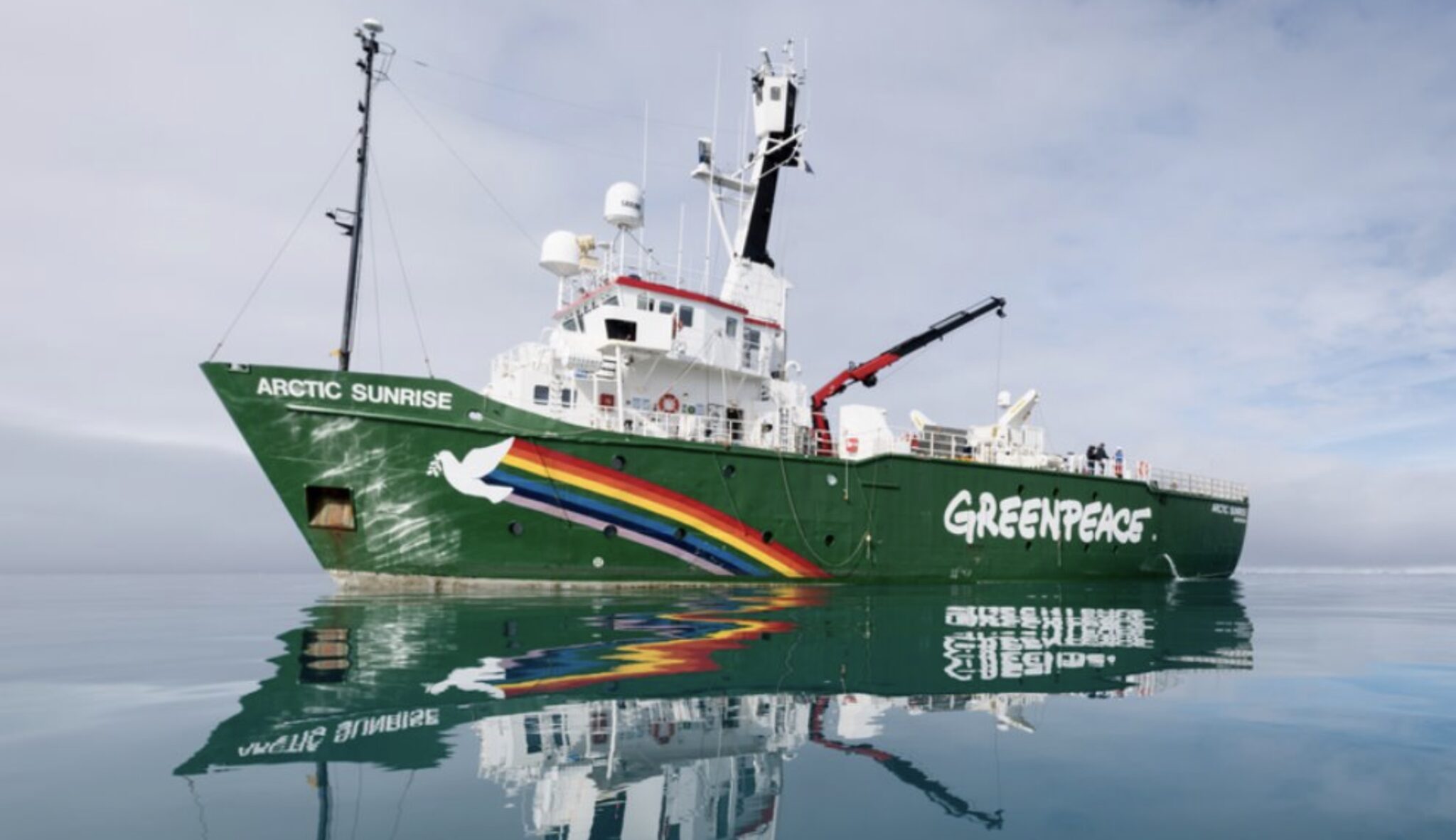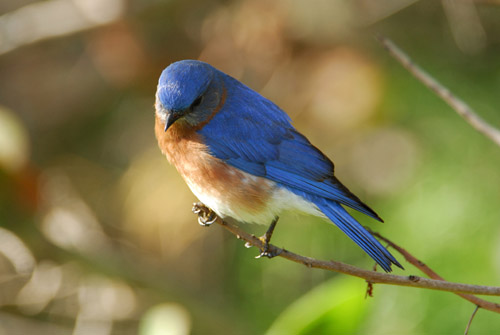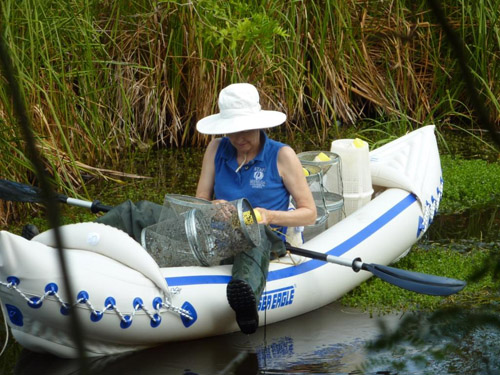Avian Survey in the Sargasso Sea – May 2024

In May 2024, two voyages aboard the Greenpeace vessel Arctic Sunrise documented seabird species along transects from Nassau, Bahamas, to Bermuda, and south from Bermuda. Paul Watson and Erich Hetzel were the avian observers on these voyages with the aim to gather data on seabird populations in the region. These expeditions were conducted to support Greenpeace UK’s efforts to highlight the ecological importance of the Sargasso Sea. The data contributes to the campaign urging the UK Government to ratify the UN Global Oceans Treaty by June 2025, which would establish ocean sanctuaries to protect 30% of the world’s oceans by 2030. The Sargasso Sea, designated as a priority site, is critical to both biodiversity and climate stability, and enhanced seabird monitoring is essential to support conservation efforts. Concerns about potential declines in pelagic seabird populations are discussed.
Bermuda Bluebirds

A paper published in 2013, based on research part-funded by Bermuda Audubon Society, suggests that our local population of bluebirds (which are sufficiently different in colour from mainland birds to be considered a distinct sub-species) likely resulted from a single colonization event that occurred in the 1600s.
Research was carried out in Bermuda from 2007 to 2009 by Julian Avery of Rutgers University in New Jersey, following a request for proposals put out by Bermuda Audubon Society and the Department of Conservation Services. The proposal, by Julie Lockwood and Julian Avery, was to study the demography, provenance and genetic divergence of the local population of bluebirds from those on the North American mainland.
Bermuda Amphibian Project

Bermuda Audubon Society contributed financially to the Bermuda Amphibian Project (1995-present) and research for the project was conducted in several of our nature reserve ponds, including Seymour’s Pond, Somerset Long Bay East and West and David’s Pond at Paget Marsh.
The project was initiated in 1995 by Dr. Jamie Bacon in response to local concerns that the populations of Bermuda’s amphibians were declining. Prior to 1994, three species of amphibians, introduced in the late 1880s were known to inhabit Bermuda: the cane toad Bufo marinus, and two species of whistling frog Eleutherodactylus gossei and E. johnstonei. The last siting of E. gossei was in 1994 and it appears to have become locally extinct.
The project discovered that Bermuda’s amphibians face a variety of threats including exposure to a number of environmental contaminants. Research revealed alarmingly high incidence of deformities in Bermuda’s toad populations, and that other wildlife species including the endemic killifish and native diamondback terrapins were also being affected.
